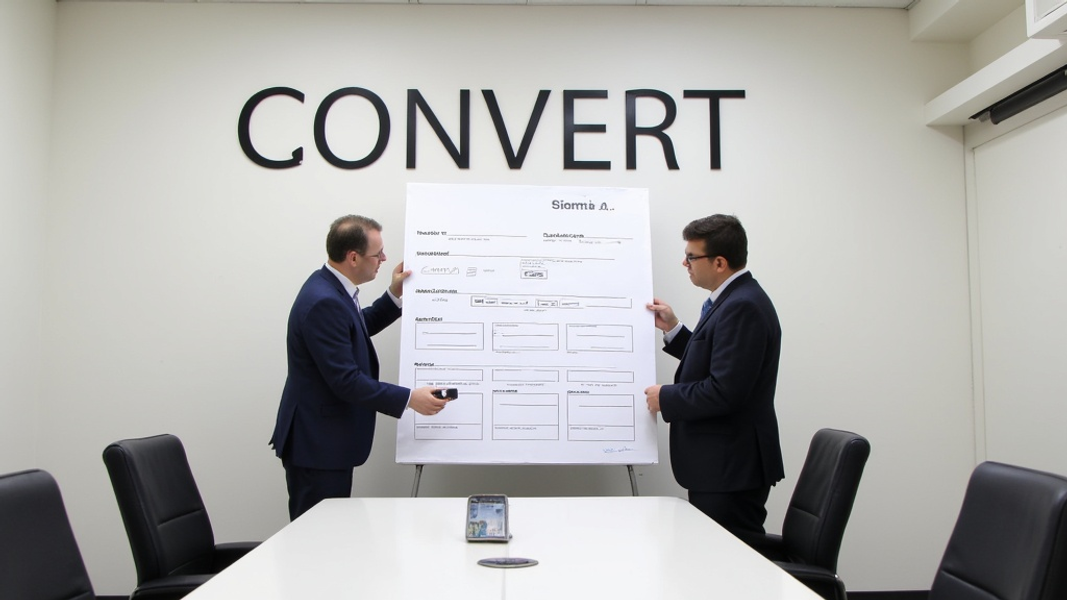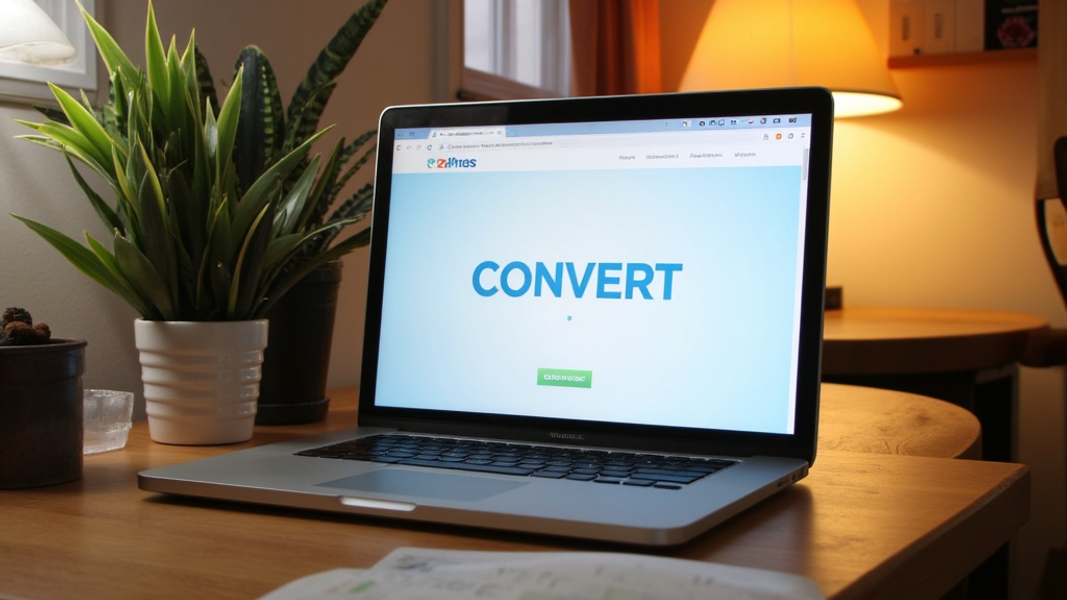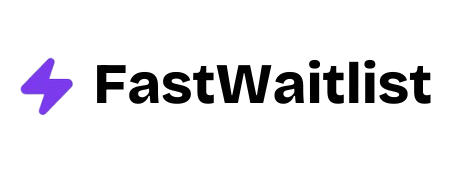
Did you know that the top 10% of landing pages convert at rates over 11.45%? This might seem high, but it's true. Some pages do even better. If you're wondering how your landing page stacks up, you're in the right place. We'll show you what makes a good conversion rate and how to boost yours.
Understanding Landing Page Conversion Rates
Conversion rate is a key metric for landing pages. It tells you how well your page turns visitors into customers or leads. To find it, divide the number of conversions by the total visitors, then multiply by 100. For example, if 100 people visit your page and 5 sign up, your conversion rate is 5%.
Why does this matter? A high conversion rate means your page is doing its job well. It's convincing people to take action. This could be buying a product, signing up for a newsletter, or downloading an ebook. A low rate might mean your page needs work.
Many things can affect your conversion rate. The offer itself is big. Is it something people want? The design matters too. A clear, easy-to-use page often does better. Your traffic source plays a role as well. Visitors from a targeted ad might convert more than those from a general link.
The Impact of Good Conversion Rates
Good conversion rates can mean big things for your business. More conversions often lead to more sales or leads. This can boost your bottom line. But it's not just about money. High rates show you're meeting your audience's needs. You're solving a problem for them or offering something they value.
Good rates also help you spend less on marketing. If more visitors convert, you don't need as many to hit your goals. This can save you money on ads and other promotion costs. Plus, it's a sign your marketing is on target. You're reaching the right people with the right message.
Industry Benchmarks for Landing Page Conversion Rates
Knowing the average rates in your field can help you set goals. It gives you a starting point. But remember, these are just averages. Your rate might be higher or lower based on many factors.
Average Conversion Rates Across Industries
Overall, the average landing page conversion rate is about 2.35%. But this varies a lot by industry. Here's a quick look at some fields:
- E-commerce: 1.84%
- B2B: 2.23%
- Finance: 5.01%
- Education: 2.6%
B2B pages often have higher rates than B2C. This might be because B2B offers are often more targeted. They're solving specific business problems. B2C pages, especially in e-commerce, face tough competition. They're often trying to sell to a broader audience.
High-Performing Landing Page Examples
Some companies knock it out of the park with their landing pages. Let's look at two examples:
-
HubSpot once had a landing page that converted at 43%. This page offered a free marketing grader tool. It worked because it gave instant value. Visitors got a quick analysis of their marketing efforts. The page was simple and focused on one clear action.
-
Unbounce achieved a 30% conversion rate on a product page. They used clear, benefit-focused copy. The page also had strong social proof, showing how others succeeded with their tool. This built trust and showed the product's value.

These examples show what's possible with the right approach. They focus on giving clear value and making it easy for visitors to take action.
What Constitutes a "Good" Conversion Rate
There's no one-size-fits-all answer to what makes a good rate. It depends on your industry, product, and goals. A rate that's great for one business might be low for another.
Relativity of "Good" Conversion Rates
In general, a conversion rate above 10% is considered excellent. Rates between 2% and 5% are often seen as average to good. But these numbers can shift based on your field and what you're offering.
For example, a page selling high-end B2B software might have a lower rate than one offering a free ebook. The software page might still be successful with a 2% rate if each sale is worth a lot. The ebook page might need a higher rate to be worthwhile.
Your goals matter too. If you're just starting out, beating the average for your industry might be your aim. As you grow, you might set higher targets.
The Importance of Continuous Improvement
Instead of fixating on one "good" number, focus on steady improvement. Track your rate over time. Try to beat your own best scores. This approach keeps you moving forward, no matter where you start.
Small gains can add up. A 1% increase might not seem like much. But if you get 1,000 visitors a month, that's 10 more conversions. Over a year, it's 120 extra leads or sales. That can make a big difference to your business.
Factors Affecting Landing Page Conversion Rates
Many elements on your page can impact your conversion rate. Let's break down the key areas to focus on.
Design Elements
Your page's look and feel matter a lot. A clean, professional design builds trust. It makes visitors more likely to take action. Here are some key points:
- Clear headline: Your main message should grab attention right away. It should tell visitors what you're offering and why they should care.
- Use of whitespace: Don't cram your page full. Leave some empty space. This makes your content easier to read and your call-to-action (CTA) stand out.
- Visuals: Use high-quality images or videos that support your message. They can help explain your offer or show your product in action.
Content Quality
What you say is just as important as how your page looks. Your content needs to convince visitors to act. Focus on these areas:
- Value proposition: Clearly explain what makes your offer special. Why should someone choose you over others?
- Benefits-focused copy: Don't just list features. Tell visitors how your offer will help them or make their lives better.
- Social proof: Show that others trust you. Use testimonials, reviews, or logos of well-known clients.
User Experience
How easy your page is to use can make or break your conversion rate. Pay attention to:
- Page speed: A slow page can drive visitors away. Aim for load times under 3 seconds.
- Mobile responsiveness: More people browse on phones than ever. Make sure your page looks good and works well on all devices.
- Clear CTA: Your call-to-action should be easy to spot and understand. Use action words like "Get," "Start," or "Join" to encourage clicks.

5 Strategies to Improve Your Landing Page Conversion Rate
Ready to boost your conversion rate? Here are five proven strategies to try:
1. Conduct A/B Testing
A/B testing lets you compare two versions of your page to see which works better. You might test different headlines, images, or CTA buttons. This helps you make data-driven decisions about your page.
To start, change just one element at a time. This way, you know exactly what caused any difference in results. Use tools like Google Optimize or Optimizely to run your tests.
2. Optimize for Mobile Devices
With more people using phones to browse, mobile optimization is crucial. Make sure your page looks good and works well on small screens. This means:
- Using a responsive design that adjusts to screen size
- Making buttons big enough to tap easily
- Keeping forms short and simple
- Ensuring text is readable without zooming
Test your page on various devices to catch any issues.
3. Implement Persuasive Copywriting Techniques
Your words can make a big difference. Use these copywriting tips:
- Start with a strong headline that grabs attention
- Focus on benefits, not just features
- Use simple, clear language
- Create a sense of urgency or scarcity when appropriate
- End with a clear, compelling call-to-action
Remember to write for your specific audience. What matters most to them?
4. Use High-Quality, Relevant Visuals
Good visuals can boost your conversion rate. They can explain your offer quickly or show your product in use. Consider using:
- High-quality product photos
- Infographics to explain complex ideas
- Short videos demonstrating your product
- Images of people using or benefiting from your offer
Make sure your visuals match your brand and message. They should add to your page, not distract from it.
5. Streamline the Conversion Process
The easier it is to convert, the more likely people are to do it. Look for ways to simplify your process:
- Reduce form fields to only what's necessary
- Use auto-fill where possible
- Offer multiple payment options if you're selling something
- Remove distractions like unnecessary links or pop-ups
Every extra step or distraction can lower your conversion rate. Keep things simple and focused on your main goal.
Tools for Measuring and Optimizing Landing Page Conversion Rates
The right tools can make a big difference in improving your conversion rates. Here are some top options:
-
Google Analytics: This free tool helps you track visitors and conversions. It shows where your traffic comes from and how people behave on your page.
-
Hotjar: Hotjar offers heatmaps and session recordings. These show you exactly how visitors interact with your page. This can help you spot problem areas or opportunities to improve.
-
Optimizely: This platform lets you run A/B tests easily. It's great for testing different versions of your page to see what works best.
-
Unbounce: Unbounce is a landing page builder with built-in A/B testing and optimization tools. It's good for creating and testing pages quickly.
-
FastWaitlist: If you're launching a new product or service, FastWaitlist helps you create high-converting waitlist pages. It's easy to use and can help build buzz before a launch.
Each of these tools offers unique features. You might use one or combine several based on your needs. The key is to choose tools that give you actionable insights and help you make improvements.
Conclusion
A good conversion rate can mean different things for different businesses. The key is to know your industry benchmarks and always aim to improve. Focus on clear design, strong content, and a smooth user experience. Use A/B testing to find what works best for your audience.
Remember, even small improvements can lead to big results over time. Keep testing, learning, and refining your approach. With patience and the right strategies, you can boost your landing page conversion rates and grow your business.
Start by picking one area to improve. Maybe it's your headline, your CTA, or your page speed. Make a change, test it, and see what happens. Every step forward is a win for your business.
Frequently Asked Questions
What's the average conversion rate for landing pages?
The overall average is about 2.35%, but it varies by industry. Some industries see rates over 5%, while others might be closer to 1-2%.
How often should I test my landing page?
Aim to test continuously. Run tests for at least a week or until you have statistically significant results. Then make changes and test again.
Can a high bounce rate affect my conversion rate?
Yes, a high bounce rate often means visitors aren't finding what they need. This can lower your conversion rate. Work on making your page more relevant and engaging to reduce bounces.
Should I use pop-ups on my landing page?
Pop-ups can be effective but also annoying. If you use them, make sure they add value and don't disrupt the user experience too much. Test pop-ups against versions without to see what works for your audience.
How important is page load speed for conversion rates?
Very important. Slow pages can significantly hurt your conversion rate. Aim for load times under 3 seconds. Even a 1-second delay can reduce conversions by 7% or more.
